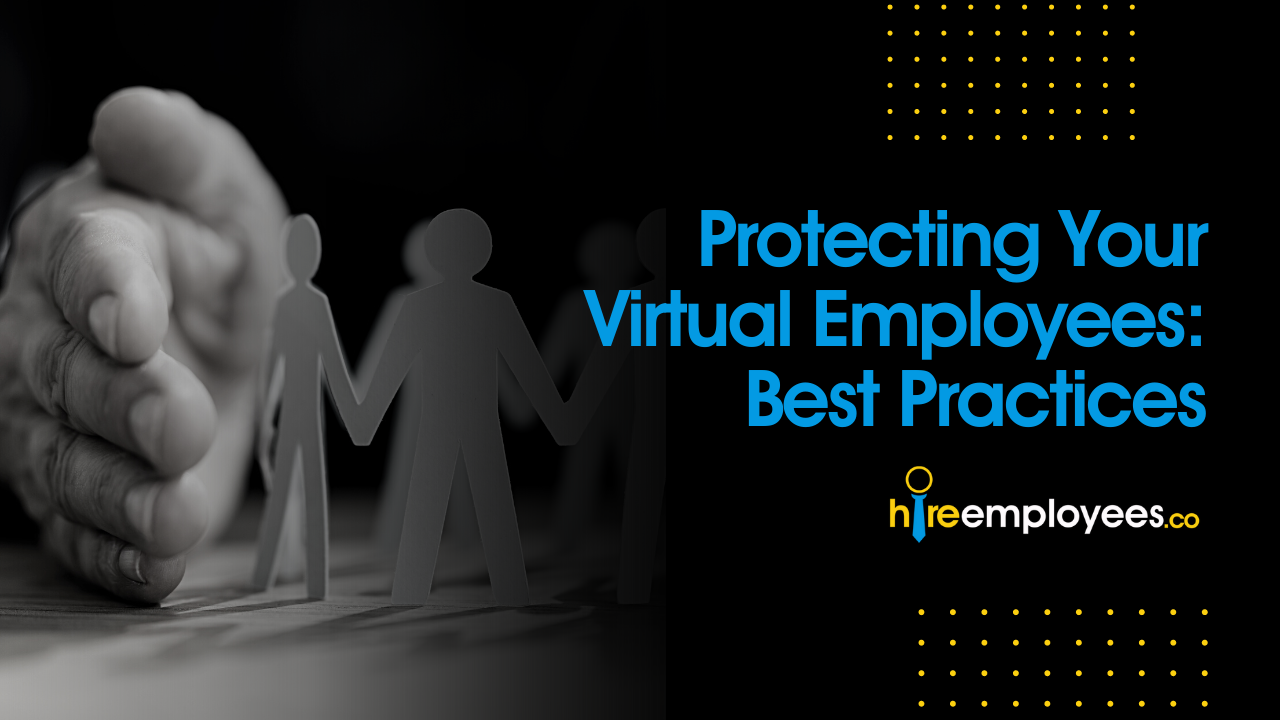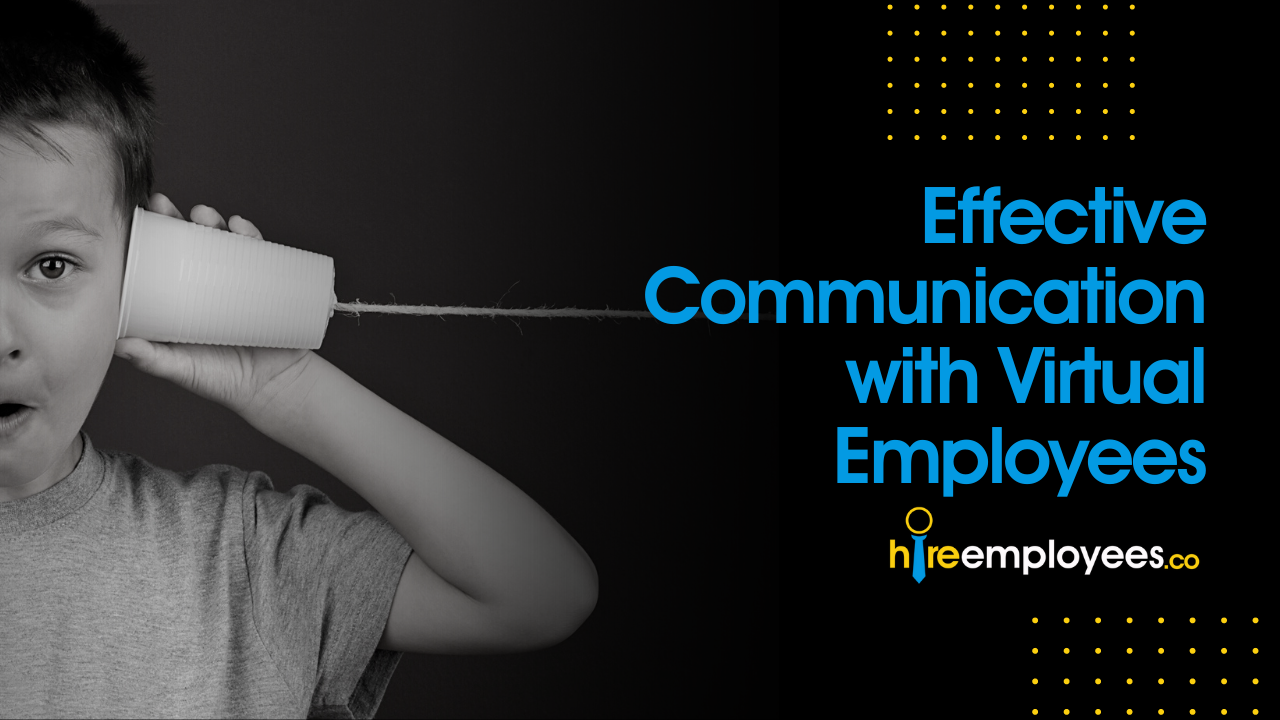
As remote work continues to become more prevalent, many businesses are transitioning to virtual teams. This shift requires a new approach to employee onboarding and training. In this article, we'll explore the best practices and proven techniques for virtual employee training to help you onboard your virtual employees smoothly and effectively.
Onboarding virtual employees can be a challenge, especially if your organization is new to remote work. However, with the right approach, you can set your virtual team members up for success. In this article, we'll discuss best practices and proven techniques for virtual employee training to help you onboard your remote team members smoothly and effectively.
Create a Virtual Onboarding Plan:
1. To onboard virtual employees smoothly and effectively, it's important to have a plan in place. A virtual onboarding plan should include the following:
2. Pre-onboarding Checklist: A list of tasks and information that virtual employees should complete before their start date.
3. Welcome Package: A package containing company information, such as mission statement, company values, and employee handbook.
4. Technology Setup: Make sure virtual employees have the necessary equipment, such as a laptop and software, to perform their job.
5. Virtual Tour: Give virtual employees a virtual tour of the office and introduce them to the team.
6. Schedule Check-ins: Schedule regular check-ins with new virtual employees to ensure they are adapting to the virtual work environment.
Train Your Virtual Employees on Your Tools and Software:
Since virtual employees will be working remotely, they need to be familiar with the tools and software used in your organization. Train your virtual employees on your organization's tools and software to ensure they can work efficiently.
1. Provide Training Materials: Create training materials, such as videos and guides, to help virtual employees learn how to use your organization's tools and software.
2. Schedule Training Sessions: Schedule training sessions with virtual employees to help them learn how to use your organization's tools and software.
3. Conduct Tests: Conduct tests to ensure virtual employees understand how to use your organization's tools and software.
Establish Communication Guidelines:
1. Communication is crucial when working remotely. Establish communication guidelines to ensure virtual employees stay connected with the team and understand what is expected of them.
2. Choose Communication Channels: Choose communication channels, such as email, chat, and video conferencing, to use when working with virtual employees.
3. Set Communication Expectations: Set expectations for when virtual employees should be available and how they should communicate with the team.
Provide Feedback: Provide feedback to virtual employees on their communication skills to help them improve.
Foster a Virtual Team Culture:
1. Creating a strong virtual team culture is essential for remote work success. Here are some ways to foster a virtual team culture:
2. Hold Virtual Team Building Activities: Organize virtual team building activities, such as virtual happy hours, to help build team relationships.
3. Recognize Achievements: Recognize virtual employees' achievements to show appreciation for their hard work.
4. Encourage Open Communication: Encourage open communication among virtual team members to foster a collaborative work environment.
5. Address Common Virtual Onboarding Challenges:
6. Virtual onboarding comes with its own set of challenges. Here are some common virtual onboarding challenges and how to address them:
7. Lack of Face-to-Face Interaction: Schedule regular video calls with virtual employees to help establish a personal connection.
8. Isolation: Encourage virtual employees to participate in virtual team building activities to help combat isolation.
9. Time Management: Provide virtual employees with time management tips and best practices to help them stay organized.
FAQs:
How do you onboard virtual employees?
To onboard virtual employees, create a virtual onboarding plan, train virtual employees on your organization's tools and software, establish communication guidelines, foster a virtual team culture, , and address common virtual onboarding challenges.
How can I make virtual onboarding engaging for new employees?
To make virtual onboarding engaging, you can use interactive training materials, schedule regular check-ins with new employees, and hold virtual team building activities to help new employees feel more connected to the team.
What are the most important tools to have when onboarding virtual employees?
The most important tools to have when onboarding virtual employees include video conferencing software, collaboration tools, and project management software.
How can I ensure virtual employees understand their roles and responsibilities?
To ensure virtual employees understand their roles and responsibilities, provide detailed job descriptions, schedule regular check-ins, and set clear expectations for their work.
How do I measure the success of virtual employee onboarding and training?
To measure the success of virtual employee onboarding and training, you can use metrics such as employee retention rates, job performance, and engagement levels.
Conclusion:
Virtual employee onboarding and training requires a different approach than traditional onboarding. By creating a virtual onboarding plan, training employees on your organization's tools and software, establishing communication guidelines, fostering a virtual team culture, and addressing common virtual onboarding challenges, you can successfully onboard virtual employees and set them up for success. By following the best practices and proven techniques discussed in this article, you can ensure a smooth and effective virtual employee onboarding and training process for your organization. With HireEmployees.co, everything comes to you at ease and through a ready made solution approach. Get in touch with [email protected] for your requirements in IT and Creative projects.
























































